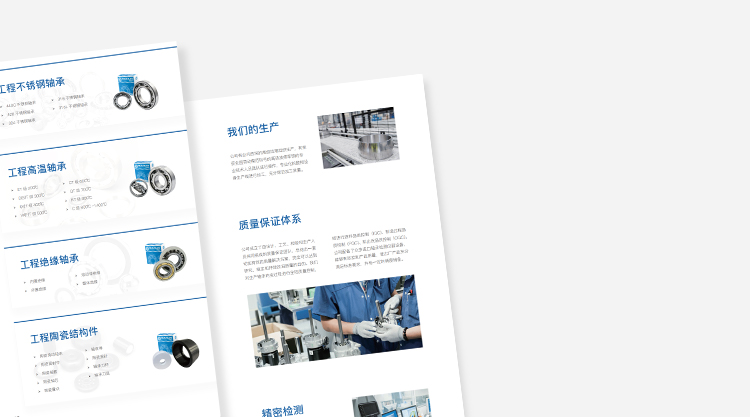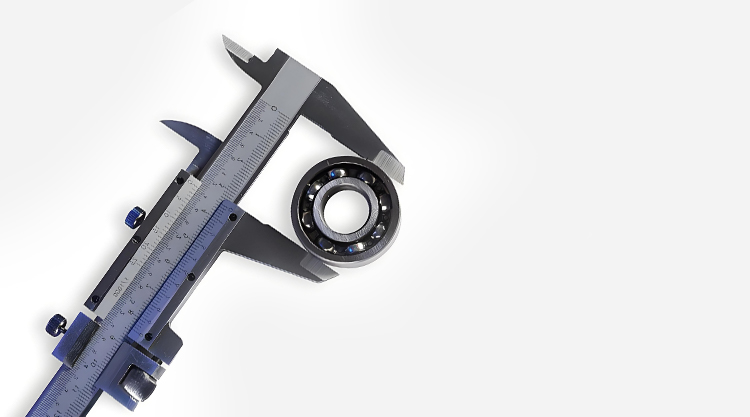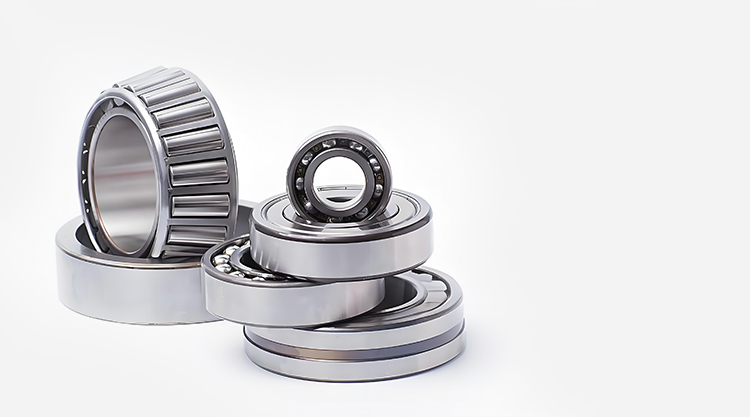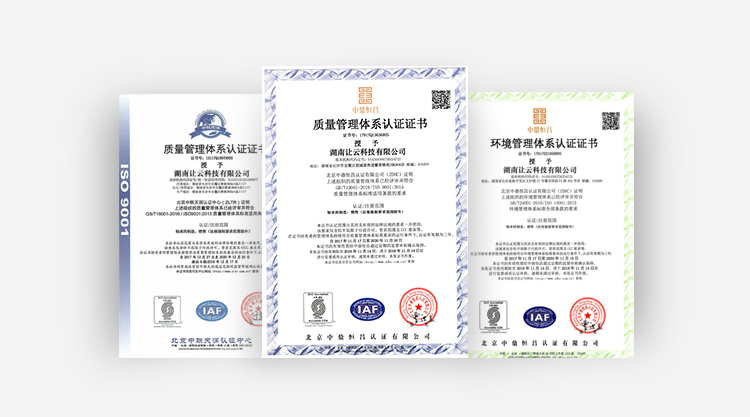What causes excessive temperatures during bearing operation?
In the operation of industrial equipment, excessive bearing temperature is one of the common problems. If not handled properly, it may not only shorten the bearing’s service life, but also cause equipment failure or even shutdown. This article will combine practical applications to analyze the causes of excessive bearing operating temperature from multiple aspects, and provide corresponding solutions to help engineers and maintenance personnel quickly locate problems.
I. Common Symptoms of Excessive Bearing Temperature
During equipment operation, if the following situations occur, it often indicates that the bearing has a heating problem:
The bearing surface temperature rises rapidly during operation, exceeding the normal range; grease changes color, becomes thinner or carbonized; equipment is accompanied by abnormal noise and increased vibration; bearing housing temperature monitoring value continuously exceeds 70℃ or higher.
If these signals are ignored, they may eventually lead to bearing seizure or equipment shutdown.
II. Analysis of Causes of Excessive Bearing Operating Temperature
2.1 Improper Lubrication
Lubrication is a key factor affecting bearing temperature. Common problems include:
| Excessive or insufficient grease | Excessive lubrication causes stirring resistance, while insufficient lubrication leads to dry friction; |
|---|---|
| Poor quality grease | Grease with poor high-temperature performance tends to fail at elevated temperatures; |
| Grease aging or contamination | The entry of impurities will increase friction and heat generation. |
Solution: Select the appropriate lubricating oil or grease, control the amount added, and replace regularly.
2.2 Improper Installation
If the bearing is installed with eccentricity, inclination, or unreasonable clearance adjustment, it will lead to increased friction during operation and higher temperature.
Uneven load on inner and outer rings; Excessive preload or too small clearance; Minor damage caused by improper installation tools.
Solution: Use professional tools, follow standard installation procedures, and properly adjust bearing clearance.
2.3 Excessive Load or Abnormal Operating Conditions
If the equipment operates under overload, or is subject to impact loads and frequent starts and stops, the bearing is prone to severe heating due to excessive load.
Motor overload; Unreasonable transmission design; Frequent start-stop impacts.
Solution: Control equipment load, optimize operating conditions, and upgrade to bearing models with stronger load capacity when necessary.
2.4 Environmental Factors
If the bearing operates in high temperature, dusty, humid, or corrosive environments, it will also increase heating.
Dust and impurities entering cause increased friction; Heat dissipation is difficult in high-temperature workshops.
Solution: Strengthen sealing protection and improve ventilation and cooling conditions.
2.5 Poor Bearing Quality or Improper Model Selection
Inferior bearings or incorrect model selection may also cause abnormal heating during operation. For example:
Low-precision bearings create high friction resistance; Materials or clearances do not match the operating conditions.
Solution: Choose high-quality bearings from regular manufacturers and select reasonably according to actual working conditions.
III. How to Prevent Excessive Bearing Temperature?
| Regularly monitor bearing temperature | Real-time monitoring through temperature sensors; |
|---|---|
| Develop a scientific lubrication plan | Avoid improper lubrication; |
| Correct installation and removal | Prevent bearing damage caused by improper manual operation; |
| Optimize selection according to working conditions | Use high-temperature-resistant or special material bearings in high-temperature and heavy-load environments; |
| Perform proper equipment maintenance | Remove impurities in time and maintain a good operating environment. |
IV. Conclusion
In summary, the causes of excessive bearing temperature during operation mainly focus on lubrication problems, improper installation, abnormal load, environmental influence, and bearing quality. Taking corresponding measures for different causes can not only reduce bearing heating, but also significantly extend the service life of equipment.
-
12 2025.09Angular Contact Bearings: Structural Features, Application Scenarios
In industrial equipment, angular contact bearings are a common type of high-precision bearing widely used in machine tool spindles, motors, pumps, compressors, and aerospace applications.
-
12 2025.09Do new bearings require grease? A Comprehensive Guide to Bearing Lubrication and Main
This article will comprehensively analyze whether new bearings require grease lubrication and provide lubrication considerations for different operating conditions, based on practical applications.
-
12 2025.09When to Choose Ceramic Bearings in Corrosive Environments?
This article will analyze when ceramic bearings should be selected in corrosive environments and how to perform proper selection based on common operating conditions.
-
12 2025.09Unveiling the Golden Film: How This Film Controls the Lifeblood of Global Industry? B
When you swipe through this push notification on your foldable screen phone,




